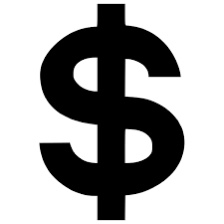
What appears to be driving U.S. gas prices is the pressure investors are putting on oil companies, whose officers answer to their investors.
Limited production creates higher prices that are driving record profits. In a March 2022 survey of 141 U.S. oil producers asking them why they were holding back production, 59% said they were under investor pressure.
Only 6 percent blamed “government regulations” for their lack of increased production.
Oil companies are seeing huge profits and are using the money for stock buybacks to raise stock prices. BP, Shell, ExxonMobil, Chevron, TotalEnergies, Eni, and Equinor will give between $38 and $41 billion to shareholders through buyback programs this year. As EOG Resources wrote to its shareholders: “2021 was a record-setting year for EOG. We earned record net income of $4.7 billion, generated a record $5.5 billion of free cash flow, which funded record cash return of $2.7 billion to shareholders.
We doubled our regular dividend rate and paid two special dividends, paying out about 30 percent of cash from operations…. This period of high oil prices allows us to further bolster the balance sheet. To support our renewed $5 billion buyback authorization and prepare to take advantage of other countercyclical opportunities, we plan to build and carry a higher cash balance going forward….”
But congressional Republicans appear uninterested in adjusting the disjunction between supply and demand that is creating such high consumer prices. In May the House passed the Consumer Fuel Price Gouging Prevention Act by a vote of 217 to 207 with only Democrats in the yes column and all Republicans and four Democrats voting no. The bill provided a vague warning that it is unlawful to charge “unconscionably excessive” prices for consumer fuel during presidentially declared energy emergencies, and it gave the Federal Trade Commission more power to punish price gouging.
" CAUSE AND EFFECT OR SHOULD I SAY CURSE AND DEFECT? " By Kenneth Tiven